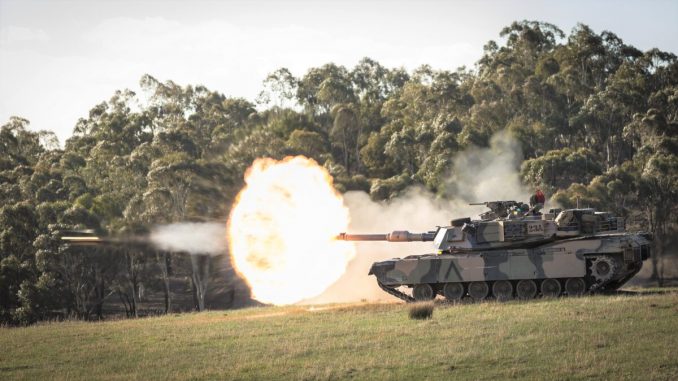
The Chinese regime’s mouthpiece, Global Times, has criticised Australia’s decision to increase its national security funding by $1.9 billion over the next 10 years, accusing Canberra of “further escalating regional confrontation,” despite its editor-in-chief repeatedly calling for China to invade Taiwan.
The newspaper’s report on Wednesday titled “Canberra’s Defence Spending Means More Economic Carnage,” also accused Australia of “relentless and unreasonable provocations” and warned of retaliation.
This comes after Global Times’ editor-in-chief Hu Xijin wrote an op-ed suggesting Beijing target Australia with long-range missiles if it joins the United States in any conflict over Taiwan and also suggested Chinese people be forced to invade Taiwan.
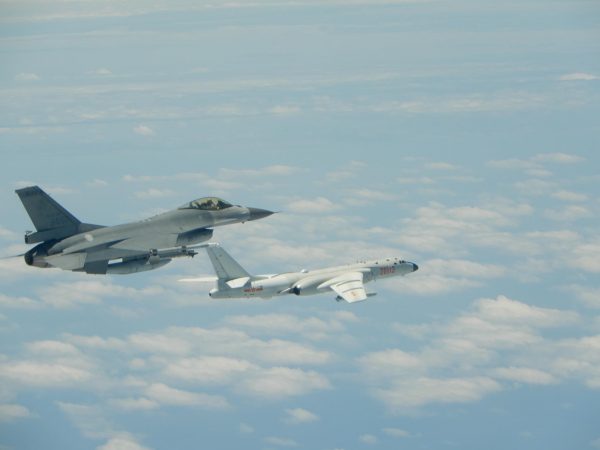
Although this is not the first time Hu has spouted off about a conflict over Taiwan, one expert, Joseph Siracusa, adjunct professor of the history of international diplomacy at Curtin University, said the comments should be taken seriously.
He noted the Global Times speaks for the leaders of the Chinese regime and has warned Australian politicians not to take the threat lightly.
“This wasn’t written by somebody in some ivory tower or some big glass building in Beijing,” Siracusa told The Epoch Times. “It was written by somebody on the ground, and then they passed the draft up to them, and then they got approval.”
“The Australian government should demand or call the Chinese ambassador to the foreign minister’s office to explain. Then I would ask him to repudiate it, and if he doesn’t, I’ll give him 48 hours to leave the country,” he said.
The increase in defence spending comes as Beijing becomes more aggressive in the Indo-Pacific region, including its militarisation of the South China Sea and its rhetoric around taking Taiwan by force.
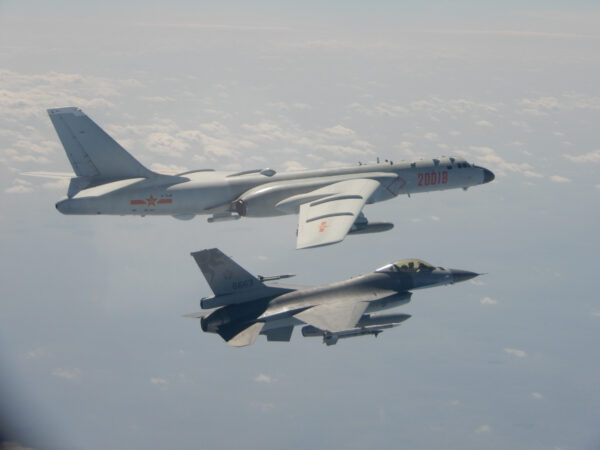
Taiwan is separated from Mainland China by the Taiwan Strait.
The Chinese regime claims Taiwan as its own, despite the fact that Taiwan is a de facto independent country, with its own military, democratically-elected government, and constitution.
In recent months the Chinese regime has overseen an extensive campaign of intimidation of the island country, with Chinese fighter planes entering into Taiwanese airspace repeatedly.
“Australia needs to be prepared for a world that is less stable and more contested,” Treasurer Josh Frydenberg said. “This is why we are investing $270 billion over 10 years in our defence capability.”
Defence Minister Peter Dutton welcomed the increase in funding and said that the Morrison government had delivered on its commitment to grow the defence budget to two percent of GDP.
“The 2021-22 Budget continues to see sustained strong investment in Australia’s national security, building Defence capability and creating jobs, boosting Australia’s cyber resilience and supporting Australia’s sovereign defence industry,” Dutton said. “We are committed to position Defence to increase our strategic competition, now and into the future.”
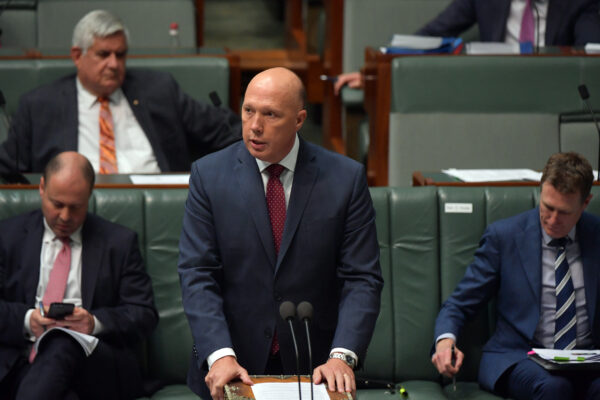
This is not the first time the Chinese regime rebuked Australia for increasing its defence budget.
In 2016, CCP Foreign Ministry spokeswoman Hua Chunying said Beijing was seriously concerned and dissatisfied with Australia’s decision to increase its defence budget, the BBC reported.
“In the hopes of relieving tensions and the possibility of an arms race, we hope that relevant countries can give up joint drills and stop increasing their military presence in the region,” Chunying said.
Last week, Defence Industry Minister Melissa Price noted that Australia was facing unprecedented levels of threat both at home and abroad. “It is now more important than ever that we build what we need at home to defend the nation,” she said.
The 2020 Defence Strategic Update and 2020 Force Structure Plan outlined the government’s plan to spend $575 billion over the decade to 2030. It also included a $270 billion investment in the capability and potency of the defence forces.
Daniel Y. Teng contributed to this article.




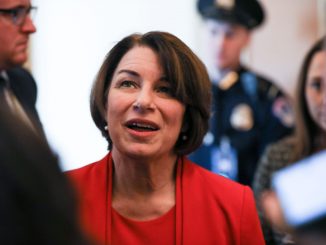

Be the first to comment